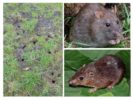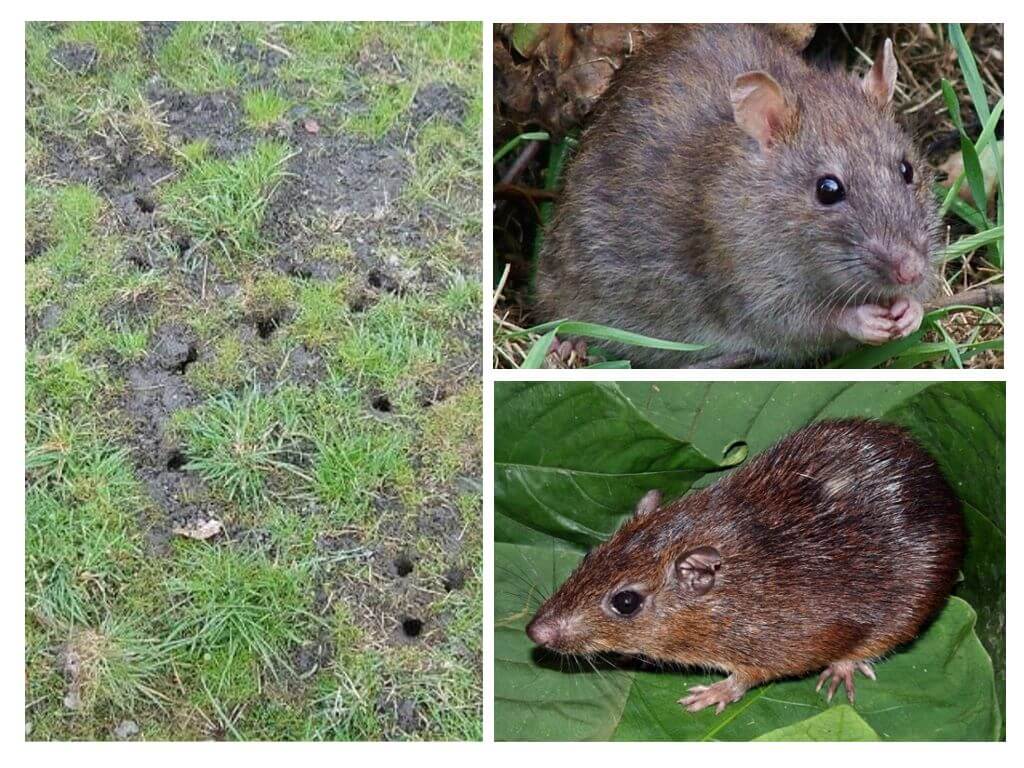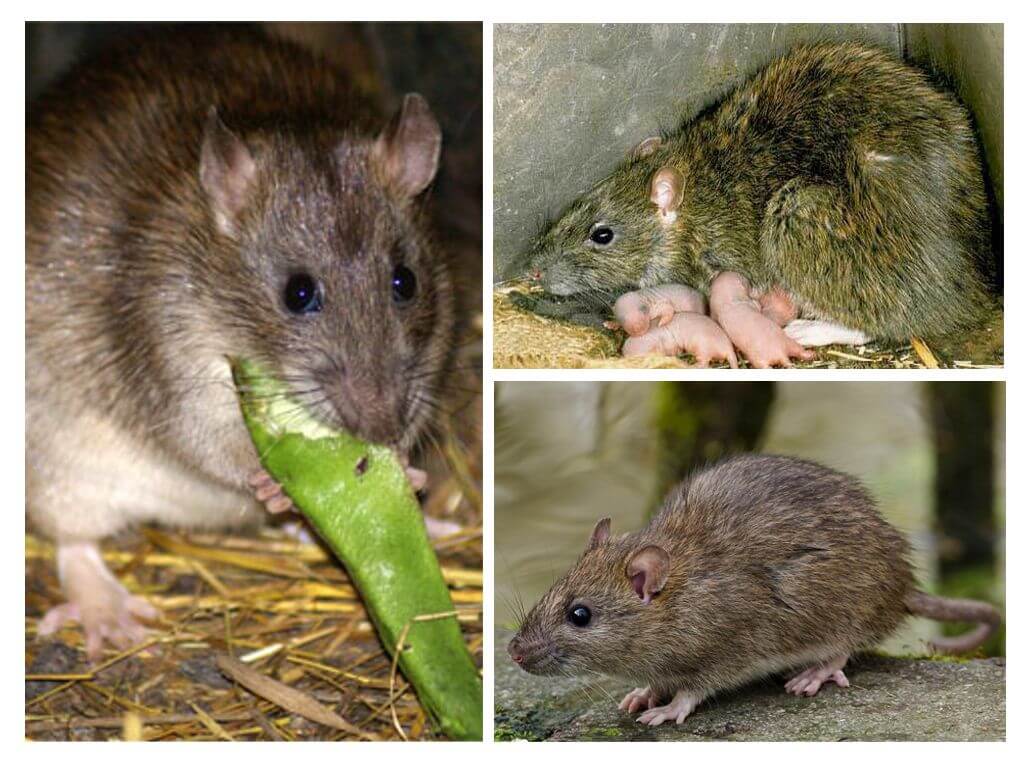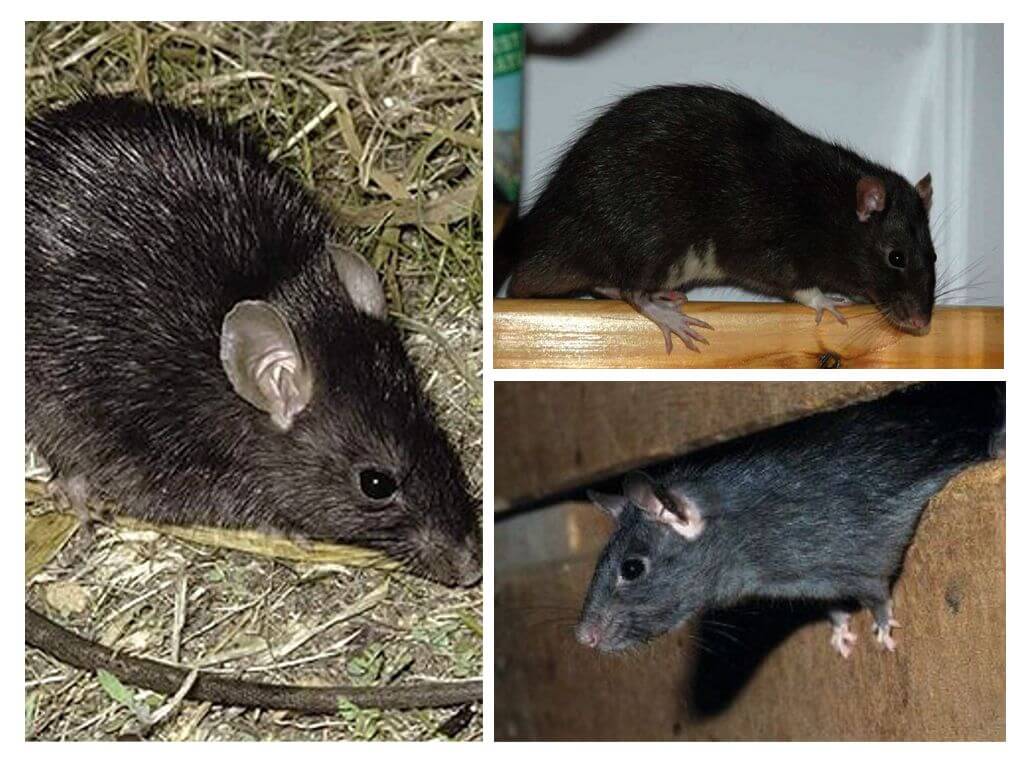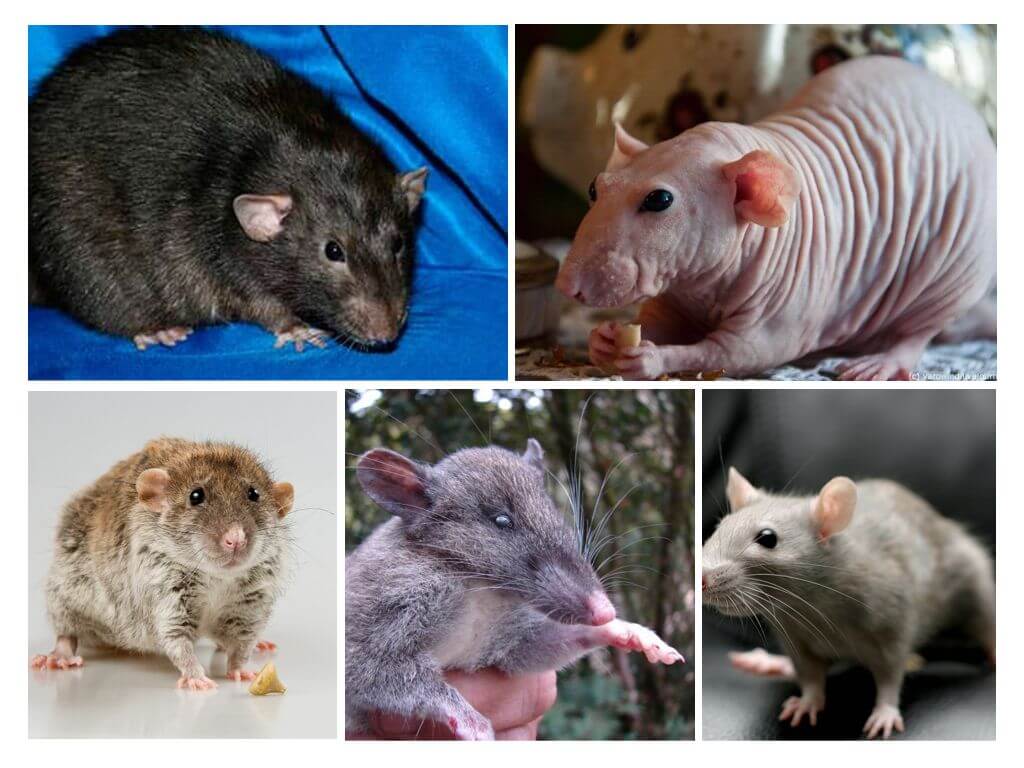- Earth rat
- Fighting Earthen Rats
Often small rounded holes are visible in the land on personal plots or gardens. With a great deal of certainty, we can say that these traces were left by an earthen rat. Rodents belong to one of varieties of micecalled a vole. They are the largest representatives of this species.
Externally, the animals look like a pasyuk:
- long round tail 6-13 cm, covered with hair;
- large body up to 25 cm long;
- coat color varies from dark brown to black.
There is a version that there are rodents of a lighter color, but no one can say what a yellow earthen rat looks like, because no one was able to see it in wildlife. The quality of the hairline depends on the habitat and age of the vole. The animal weighs up to 500 g. This is where all the similarities with the rat genus end.
Earth rat is very prolific. One female per year is able to give birth five times, starting to give birth two months after birth. Each litter is two to fourteen baby ratsthat are displayed underground in a specially equipped place. Young offspring begins to lead an independent life from the age of one month. Under favorable conditions, the population of earthen rats grows at a catastrophic rate and can reach 400 individuals per hectare of area.
Important!
Noticing on the site rat tracks in the snow or land, appropriate measures should be taken immediately to deal with uninvited guests. Any methods applied on time will be good. Do not forget that time works against you. The longer the pests live in the surrounding area, the more difficult it is to get rid of their presence.
The earthen rat has a large head with a blunt muzzle, small sizes of eyes and ears, short front legs with long, almost straight claws. The hind legs are extended, which helps the animal to swim perfectly.
Lifestyle
Garden pests - Field rats remain active throughout the year because they do not hibernate. In winter, they are only underground and close the entrance to the burrows, protecting themselves from the entry of cold air. In hot, summer weather, they also close access to their home, protecting it from too high a temperature.
Earthen rats leave shelters for a short time in the evening and at night to eat plants or root crops. They do not depart far from the hole and, in case of danger, quickly hide in their shelter.
Rats dig holes in the ground and make numerous labyrinths at a distance of 10-20 cm from the surface of the soil. The nest is surrounded by a network of tunnels and has several pantries, where the animal stores its stocks for the winter.
Interesting!
If you are near an earthen pest burrows and moves of moles, then the rat does not bother digging new ones and can use ready-made labyrinths to quickly get to the power source.
What eats
An earthen rat in the garden is a disaster for the owners, since, digging holes, it destroys everything in its path. He likes to enjoy alfalfa, damages cereals (wheat, barley), cotton and rice sprouts during the ripening period. Gourds, including melons and watermelons, are not ignored.
If young trees come across on the way, then earthen rats in the country can cause their death.They gnaw seedlings at the root neck or strongly eat the bark, causing irreparable harm. Most often, apple trees, bird cherry and willow are affected.
On a note!
Not only healthy plants, roots and tubers are eaten by these pests. They used to think that weeds could stop water rats, but in the absence of the right food, they eat everything that grows on the ground.
Earth rodents prey on small field mice, mollusks, crayfish, insects and other living creatures. They feel great in the water, climb trees, attacking bird nests, ruining them and eating chicks. They can live in houses, sheds, cellars, destroying the harvest. In pursuit of food, adobe walls gnaw and dig labyrinths under the floor.
Habitat
An earthen rat can be found in the central part of the country, the southern regions of Siberia, the Caucasus and Central Asia. The Far North is unfavorable due to very low temperatures and a lack of adequate nutrition. Wet lowlands along the banks of water bodies, the area around marshes and wet meadows are the most favorite places for rodents to live. Too many breeding animals make them settle in fields, gardens and vegetable gardens. During river spills, they move to drier and more suitable places for living.
Pest Management Methods
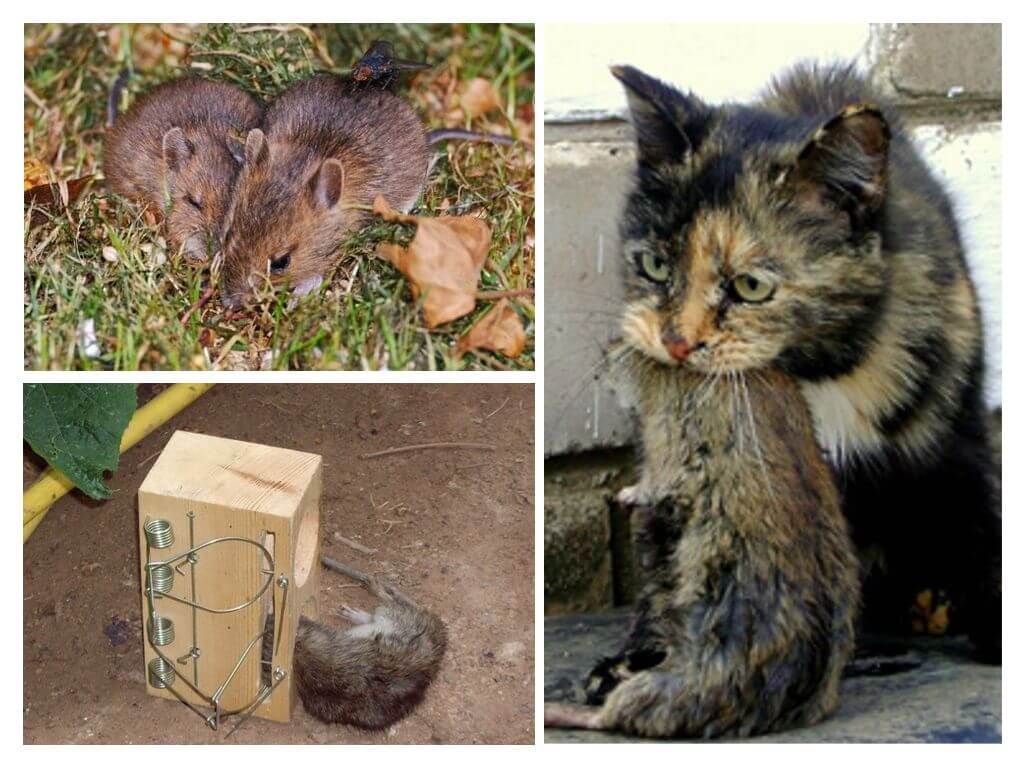
To get rid of an earthen rat, you need to make sure that this is the rodent that does not allow you to work calmly on your site. Maybe your mole has become your neighbor. He is also able to dig through the entire garden, vegetable garden and destroy the crop. It is worth looking at the photo of the earthen rat and then deciding on the methods of struggle.
There are various ways to solve the problem, depending on what the goal is: to completely get rid of the pest or to expel it from its territory. The following methods are used for these tasks:
- mechanical - traps, traps, ultrasonic repellers;
- chemical - poisons and poison for ratstoxic substances;
- animals on the site - cats, dachshund dogs;
- smoking;
- planting odorous plants;
- filling holes with water.
Let's consider in more detail how to deal with an earthen rat mechanically. The option is long and requires some patience, as it is necessary to find the holes of rodents, dig a recess in front of them of 15-20 cm, put rat trap or trap and disguise so that the animal does not notice them. You can use electronic traps that kill the victim by electric shock. But rats are smart creatures and will not fit a second time where their relative died.
Chemical poisons or drugs toxic to pests, if used improperly, can spoil not only the crop, but also poison the person or pets living in the house. This path is not the safest to use. It is justified when a large number of pests divorced on the site and it becomes simply impossible to catch them.
There are more humane ways to fight. Cats and dogs living in the house will hunt rodents and force them to leave uncomfortable territory. Ultrasonic devices that create certain frequencies that constantly annoy the animals will also drive them out. For man ultrasonic rodent repellers pose no danger.
On a note!
You can smoke a rat from a hole by placing a burnt piece of rabbit hair, a rag soaked in gasoline, a bunch of wormwood or mint. Rodents have a very delicate sense of smell, so they immediately react to a pungent smell.
The neighborhood with black elderberry, whose root system releases cyanide toxic substances for rats, will also help scare away earth pests. True, aliens will have to smoke for a long time, since they will not want to immediately leave their home.
Another safe method used by summer residents is to flood holes with water. Earthen rats swim well, but the increased humidity of the nest will force its owners to leave the habitable place.
The combat options are varied, but which one will be more effective will depend on the specific situation on your site.
